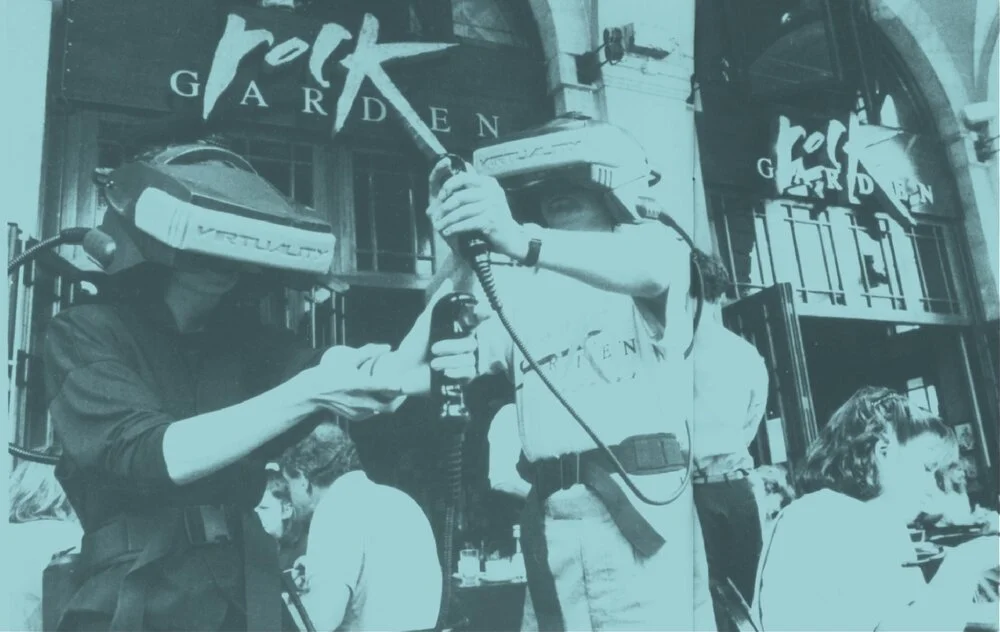A news story sparked off a debate last week. It all started with an item on the BBC Today radio programme in which presenter Jim Naughtie mentioned author guidelines that had been sent to an educational author by Oxford University Press. As the Daily Mail put it: 'Schoolbook authors have been told not to write about sausages or pigs for fear of causing offence'. The publisher (and many ELT authors) reacted with surprise. As Jane Harley, a primary publishing director at Oxford University Press, wrote in The Guardian: 'Given that our editorial guidelines that reference pigs and pork have been in place for as long as I can remember, little did I imagine that they would attract international headlines.' The fact is that if you are writing or publishing an educational book for a global audience then you have to be aware of certain issues that might be culturally sensitive. That's why it's always preferable to publish local editions of courses.
Writing for a local market can be very liberating. I was reminded of this when I created a page at this website a few days ago for The Calendar, a newsletter that I edited for teachers of English in Eastern Spain back in the 1980s. Apart from including articles and information for teachers, The Calendar (which was published by International House Barcelona) provided teachers with activities that were up-to-date and that didn’t shy away from difficult topics. You have to remember that back then there was no Internet or satellite television, video was a novelty and the British newspapers usually arrived in Spain at least one day after their publication date. So topical activities were in demand.
Looking back at those issues of The Calendar now, I wonder how we got away with some of the things we printed. Our “Alternative Dictionary” would never make it into a publication today without some heavy editing. In April 1987 we had a classroom activity on AIDS, and our “Acid House—The Lesson” issue in 1989 even got a mention in El País newspaper.
When I started editing and publishing iT's for Teachers for a wider readership, I became more aware of what was and wasn't acceptable. I still managed to get it wrong on occasion with some choices of artwork. But it wasn't until we produced American editions of our student magazines iT's Magazine and BiTs in 2002 that I started to understand just how careful you have to be. In our very first American issue there was an authentic text that included a reference to an adult taking a bottle of champagne from a fridge. I received an angry letter from a High School principal in the United States accusing me of encouraging young people to drink alcohol.
When I asked our distributor for more guidance, I was sent a list of things that could and couldn't be included in educational material. The document had been drawn up by a major ELT publisher and included the following: "Baseball caps should be worn facing forward. There should be no contact between wild animals and children. Animals in zoos should not be seen behind bars in cages. Settings should not include any religious buildings, symbols or individuals (rabbis, priests, etc.). Storylines should avoid religious overtones or holidays. There should be no references to the occult, magic, ghosts, witches, etc. Do not depict or include in storylines card playing, dice, drinking alcohol, smoking or weapons."
We received the list as we were preparing our James Bond issue. As you can imagine, writing about James Bond without mentioning weapons or alcohol was quite a challenge. We ended up with two Bond covers (see above). The first showed the Bond silhouette with his trademark gun. The American issue had Bond without his gun.
As a result of our US experience we felt confident that we could create a magazine that could be used by students in almost any country around the world and soon afterwards we were asked to create Class Out for British Council students around the world. As far as I remember, we only had one problem with a map of the world that didn't get past customs in one particular country.
Although it can be frustrating at times when you're told that a particular idea or piece of artwork won't be acceptable in a certain territory, writing material for a global audience can be tremendously rewarding. And being aware of what is and isn't offensive to people is an extremely useful life skill. Having said that, there's still space to do something alternative from time to time. Although English for the Zombie Apocalypse might not be the best resource for teachers in some countries, hopefully it'll be a hit with teachers and their students in other countries.





